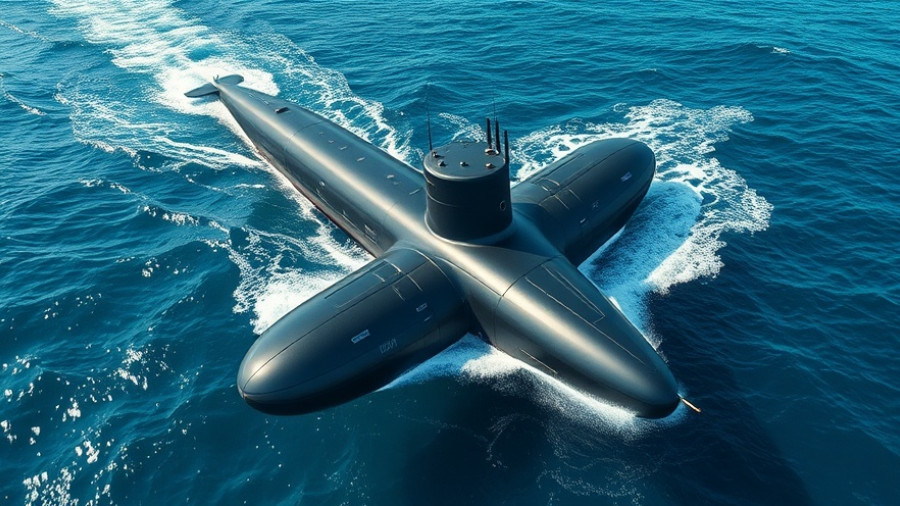
Empowering Innovation: The Establishment of the Naval Rapid Capabilities Office
In a significant move towards advancing naval technology and responsiveness, the U.S. Navy has established the Naval Rapid Capabilities Office (NRCO), consolidating several existing offices into a streamlined organization focused on rapid problem-solving and innovation. Navy Secretary John Phelan publicly announced this initiative through a memo on August 19, 2025, aiming to enhance the Navy's ability to address operational gaps and respond swiftly to emerging threats.
The Need for Rapid Response in Modern Warfare
Today's global landscape demands that military forces adapt quickly to technological advancements and evolving threats. The establishment of the NRCO reflects a critical understanding of this need. By merging the Maritime Accelerated Response Capability Cell, Disruptive Capabilities Office, and NavalX, the NRCO will centralize efforts to deliver cutting-edge solutions and integrate them into naval operations. This not only aligns with the Department of Defense's Replicator initiative but also endorses President Trump's executive order aimed at modernizing defense acquisitions.
Streamlining Processes for Swift Action
One of the notable features of the NRCO is its direct-hire authority, which allows for a swift recruitment process without the usual bureaucratic delays associated with federal hiring. This enables the Navy to respond to urgent operational needs with agility, ensuring that innovative technologies are quickly developed and deployed. The NRCO's emphasis on fast-tracking projects aims to ensure U.S. maritime supremacy amidst the rapid technological evolution in defense.
The Role of Emerging Technologies in Naval Capabilities
The NRCO will play a pivotal role in evaluating and implementing unmanned technologies such as drones, which are increasingly vital in naval warfare. As technologies like the Ranger unmanned surface vessel demonstrate their potential on the battlefield, the NRCO's focus on integrating such capabilities further positions the Navy at the forefront of modern warfare strategies. With a clear timeline for intervention set at three years, the NRCO aims to expedite the delivery of state-of-the-art capabilities that protect national interests.
Leadership Directions and Strategic Goals
While the Navy has yet to name the director of the NRCO, the position will be critical in overseeing the absorption of other organizations and programs. Responsibilities include identifying initiatives to incorporate into the NRCO and selecting at least five programs to lead within 60 days. This strategic approach will harness the strengths of existing projects, ensuring that innovative solutions are brought to the forefront rapidly.
Collaboration Across Various Naval Domains
The NRCO is designed to be a centralized hub addressing the diverse needs across various naval domains. By fostering collaboration between departments, the office aims to tackle urgent problems collaboratively rather than in silos. This holistic approach is anticipated to yield faster results, allowing the Navy to maintain its competitive edge.
Future Trends: U.S. Naval Capability in Transition
As the NRCO takes shape, it signifies a pivotal shift in the operational capabilities of the U.S. Navy. The drive toward accelerated development and acquisition reflects broader trends in defense aimed at promoting resilience and adaptability in military operations. This cultural shift towards innovation places emphasis on proactive direction rather than reactive measures, ensuring that the Navy is prepared for future challenges.
The establishment of the NRCO represents more than organizational restructuring; it illustrates a strategic commitment to enhancing naval capabilities and safeguarding maritime interests. As the Navy embraces new technologies and rapid responses, this initiative could very well redefine naval warfare and its associated tactics for years to come.
 Add Row
Add Row  Add
Add 




Write A Comment